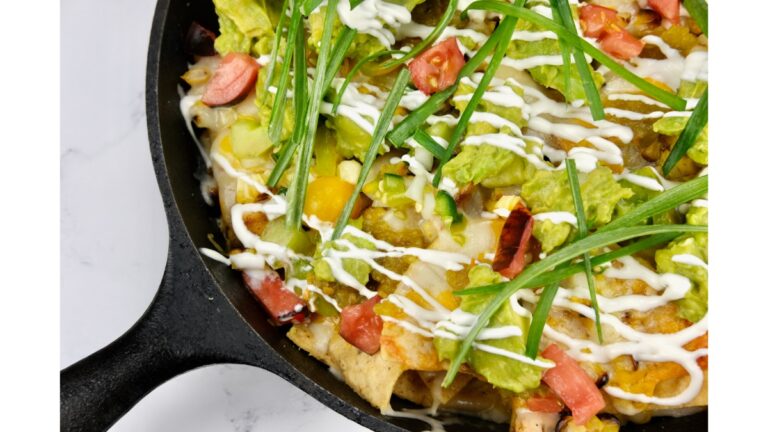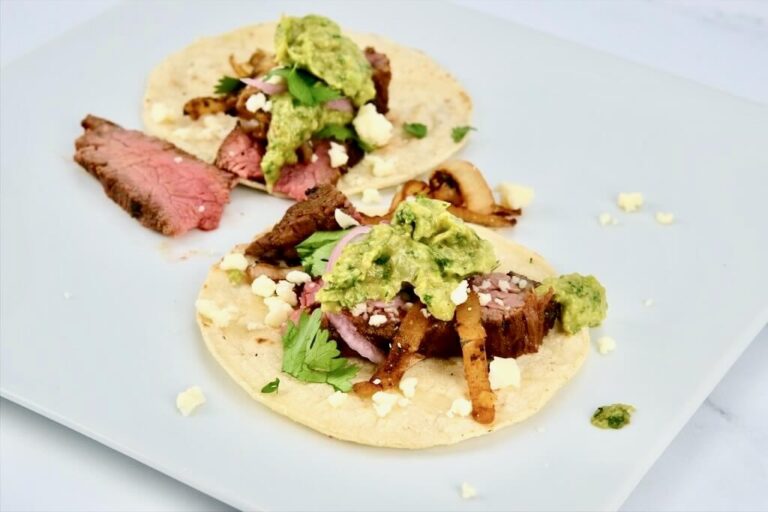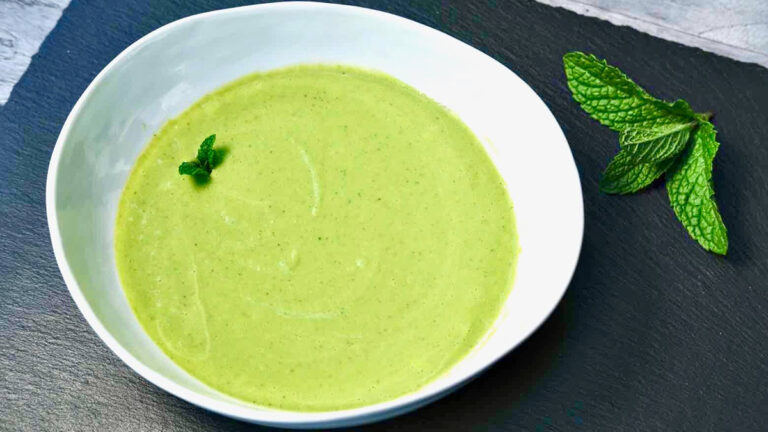Pasta with Spring Vegetables and Lemon
About this Recipe
By: Rachel
Spring is like a breath of fresh air—especially when you live in the Midwest. It feels like the earth has been asleep for months under a heavy blanket of cold, snow, and darkness, and is finally coming alive again.
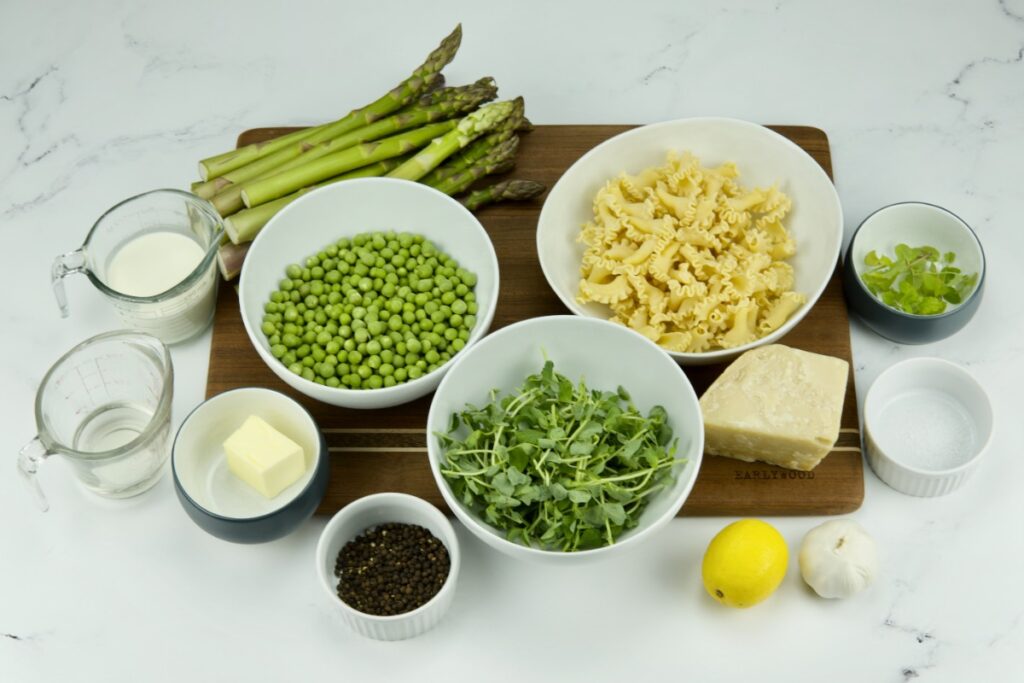
Every morning, I rush out of the house, excited as a little kid to identify the first few glimpses of green in my garden—the peonies emerging like little spears of asparagus are first. Next come the three-leaved Alpine strawberries; before you know it, my apple and sour cherry trees are in full bloom, and the world is green again.
This pasta dish is a seasonal favorite of mine, with bright, sunny flavors coming from both juice and zest of lemon. The asparagus, English peas, and pea shoots taste so sweet, fresh, and green, enhanced by a light sauce of white wine, cream, and Parmigiano-Reggiano. This recipe uses comparatively little cream—you want a very light sauce that just clings to the pasta and allows you to taste every vegetable, not a thick, heavy blanket of cream and cheese.
If you can find it, I highly recommend substituting half of the green asparagus with white asparagus. White asparagus is covered so that it is never exposed to the sunlight, and therefore does not produce the chlorophyll that normally causes asparagus (and other vegetables) to turn green. It has a delicious and delicate flavor, but if you are unable to find it, simply use green asparagus, or another spring vegetable of your choice. Fava beans, baby artichokes, fiddlehead ferns, or ramps would all be delicious in this recipe.
Pasta with Spring Vegetables and Lemon
Ingredients
- 8 ounces (225g) uncooked pasta
- 1 cup (170g) fresh English peas
- 2 tablespoons (30g) butter
- 1 small clove garlic, minced
- 1 pound (450g) asparagus, tough ends discarded and cut into bite-sized pieces
- Kosher salt and freshly ground black pepper
- ½ cup (125mL) heavy cream
- Zest and juice of 1 medium lemon
- ½ cup (50g) freshly grated Parmigiano-Reggiano cheese, plus several more tablespoons for garnish
- ¼ cup (8g) chiffonade of fresh mint
- 1 ½ ounces (45g) fresh pea shoots
Step by Step Instructions
Step 1
- Set two salted pots of water to boil, one small; one large.
Step 2
- Boil the English peas for 3 minutes, then drain and set aside. Add the pasta to the larger pot of boiling water (you will cook it just short of al dente).
Step 3
- While the pasta is cooking, heat the butter in a large skillet over medium heat. Add the garlic and asparagus, and sauté for 2 minutes. Add the wine, and cook for a further 2 minutes. Reduce the heat to medium-low.
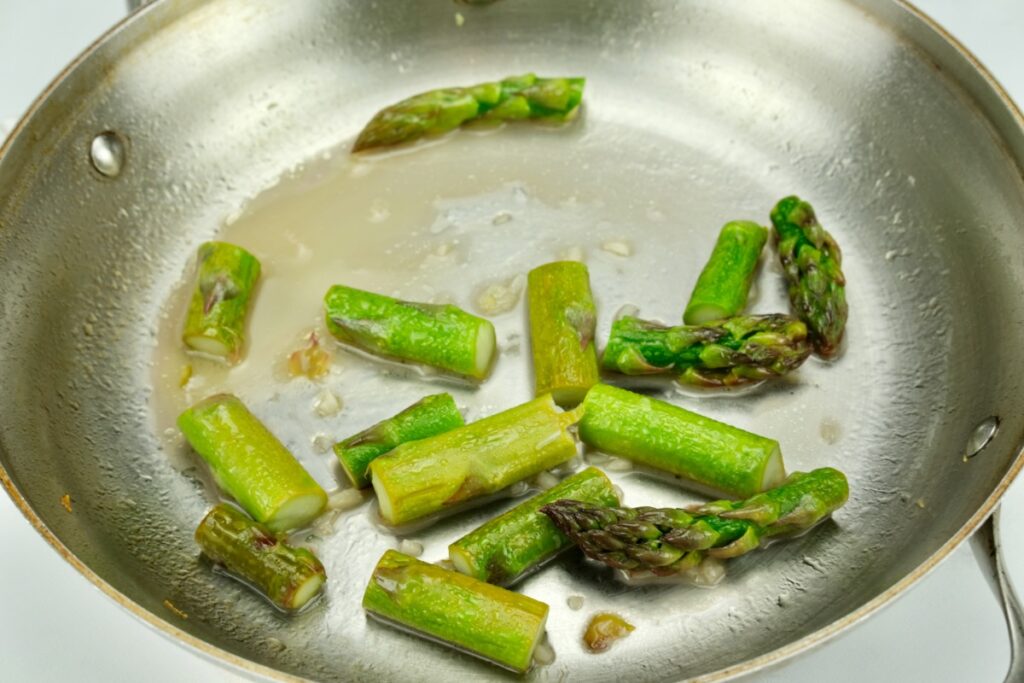
Step 4
- Add the cream and lemon zest, and heat to a gentle simmer, then add the cheese and stir until well-combined. Stir in the peas. Season with salt and pepper, and set aside.
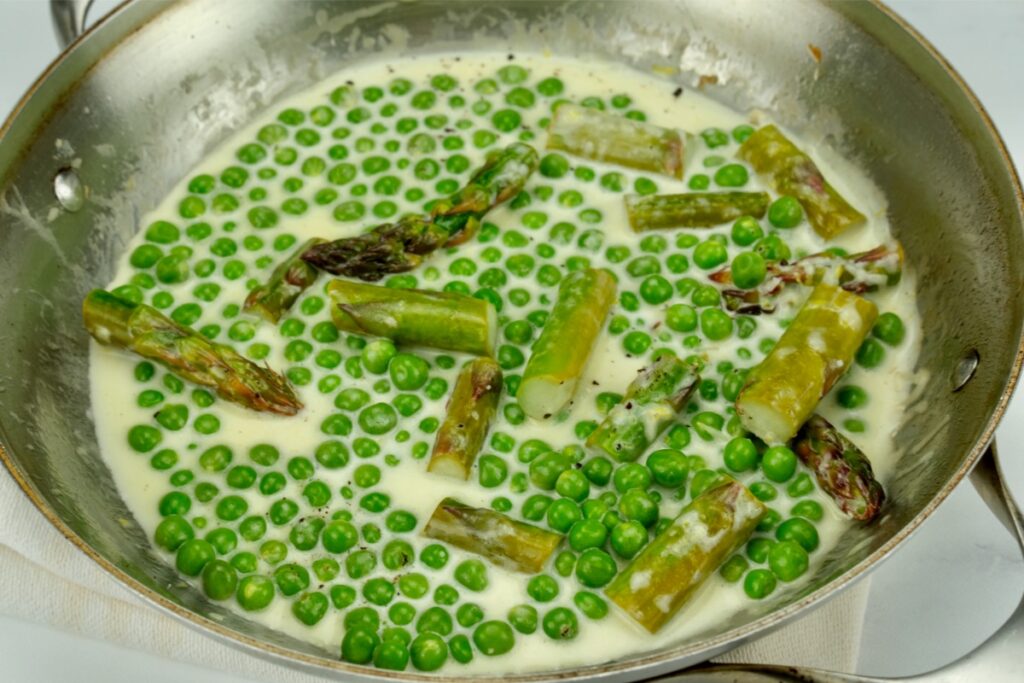
Step 5
- Drain the pasta, add to the skillet, and stir to coat. Add the pea shoots, and cook for a minute or two over medium-low heat, until the pea shoots have just begun to wilt. Remove from heat. Squeeze lemon generously over the finished dish, and toss to combine.
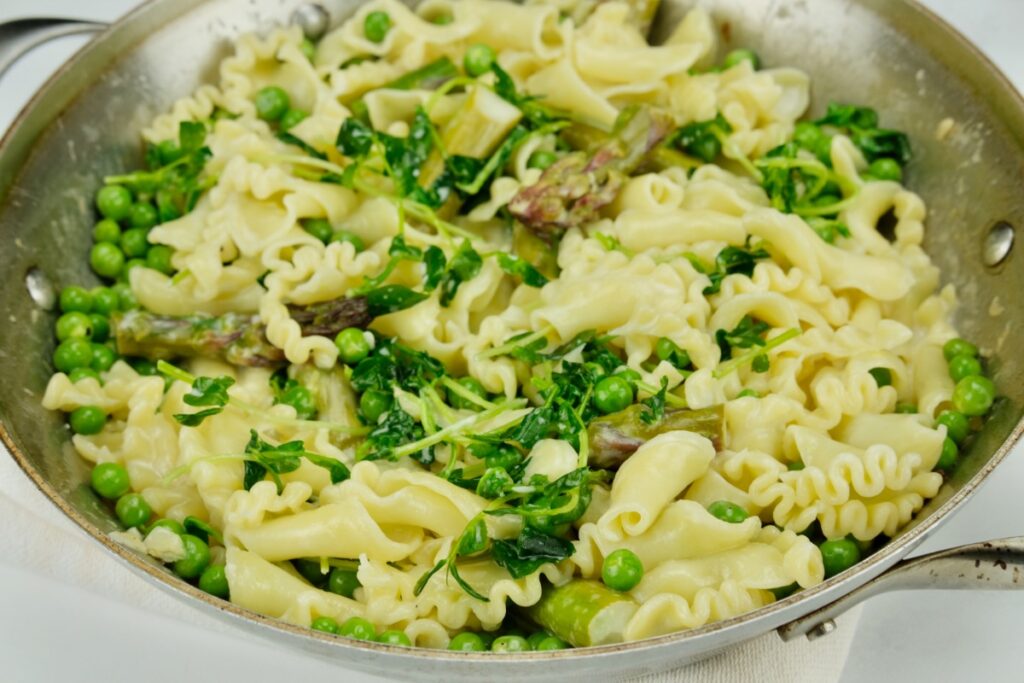
Step 6
- Divide the pasta evenly between four serving dishes, top with mint and Parmigiano-Reggiano, and serve.

Tip: “Chiffonade” refers to finely-cut strips. To make a chiffonade of mint (or other herbs or greens), simply stack several leaves on top of each other and roll up tightly, like a burrito. Using a very sharp knife, slice thinly from one long end to the other (like a Swiss roll) to obtain your chiffonade.
Serving Suggestion: This is a lovely vegetarian dish on its own. However, if you want to add some protein, add a sliced chicken breast, or a simply roasted white fish. Halibut or black cod would be delicious.
Beverage Pairing
By: Olivia
Creamy and bright, this pasta is the epitome of spring, therefore your beverage should be the same. When I eat asparagus, I thoroughly enjoy aromatic wines like Gewürztraminer, Riesling, and Grüner Veltliner. In the shop, I have to recommend my favorite boxed wine: Schplink! Grüner Veltliner. In case you associate boxed wine with crappy wine, I am here to tell you things have changed! Personally, many of us at Violet Wine purchase boxed wine because it is economical and slightly more sustainable since it produces around half of the carbon emissions that a bottle does. Not to mention you go home with four bottles of wine! This Grüner in particular is full of citrus, bright, acidic, and minerally—a perfect companion to this pasta dish.


